
Manduca muscosa, the muscosa sphinx, is a moth of the family Sphingidae.

Manduca occulta, the occult sphinx, is a moth of the family Sphingidae.
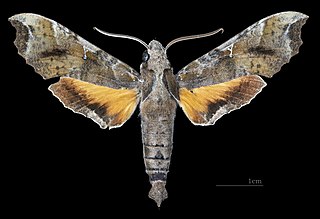
Callionima calliomenae is a moth of the family Sphingidae.
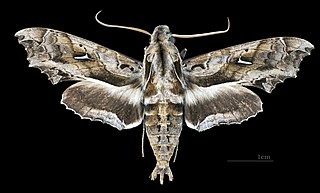
Hemeroplanes triptolemus is a moth of the family Sphingidae.
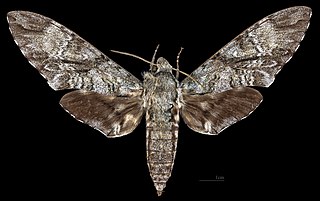
Manduca barnesi is a moth of the family Sphingidae.

Manduca bergi is a moth of the family Sphingidae first described by Walter Rothschild and Karl Jordan in 1903.

Manduca boliviana is a moth of the family Sphingidae. It is known from Bolivia.

Manduca clarki is a moth of the family Sphingidae first described by Walter Rothschild and Karl Jordan in 1916. It is known from Brazil, Colombia, Ecuador, Peru and Bolivia.

Manduca violaalba is a moth of the family Sphingidae first described by Benjamin Preston Clark in 1922.
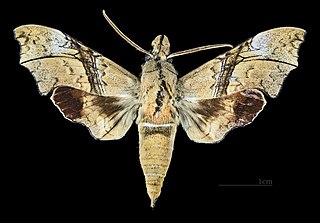
Aleuron iphis is a moth of the family Sphingidae. It was described by Francis Walker in 1856
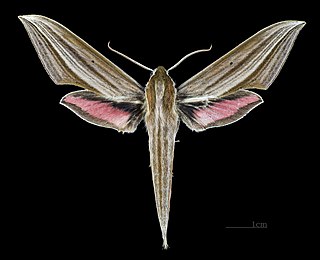
Xylophanes neoptolemus is a moth of the family Sphingidae.
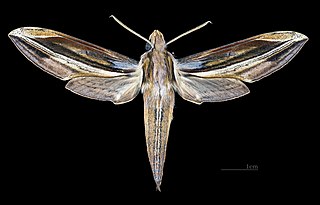
Xylophanes pyrrhus is a moth of the family Sphingidae.
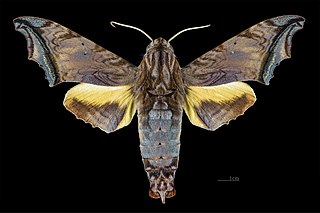
Nyceryx stuarti is a species of moth in the family Sphingidae.
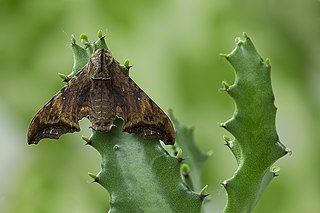
Nyceryx riscus is a moth of the family Sphingidae.

Manduca manducoides is a moth of the family Sphingidae.
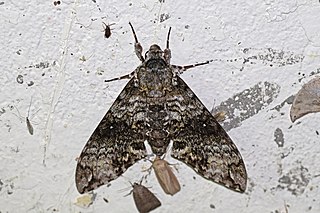
Manduca schausi is a moth of the family Sphingidae. It is found from Mexico, Guatemala, Nicaragua and Costa Rica to Brazil, Argentina and Bolivia.

Manduca stuarti is a moth of the family Sphingidae.
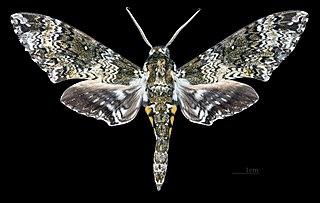
Manduca sesquiplex is a moth of the family Sphingidae. It is known from Mexico, Costa Rica and Nicaragua.

Manduca scutata is a moth of the family Sphingidae.

Ambulyx substrigilis, the dark-based gliding hawkmoth, is a species of moth of the family Sphingidae. It was described by John O. Westwood in 1847.























